More and more companies are aware that they must now integrate and collaborate with suppliers to remain competitive in changing industries and globalizing markets. Proper supplier relationship management is the key to procurement excellence, supply chain agility and global logistics fluidity.
1. Set and Enforce High Standards
Not every supplier is qualified to become a cooperative partner, so supplier segmentation is needed to differentiate and understand supplier strategies and performances. Suppliers who offer strategic benefits and consistent operations should be rewarded with formal partnership and contractual relationships. Companies should adopt a systematic approach to developing, managing, terminating and improving B2B partnerships. This cannot occur without enforceable standards and internal audits that result in action plans that rectify nonconformities. The mission of supplier relationship management (SRM) policies should focus on joint growth, value creation, mutual trust and open communication.
2. Embrace a Win-Win Orientation
Common challenges and shared successes will drive reciprocal support. A win-win orientation is the key to promoting risk reduction, technology innovation, system integration and cost effectiveness. When suppliers and companies focus on communal benefits, this increases both organization’s market agility and competitiveness. Creating a network of suppliers who support each other and leverage their unique abilities will drive operational innovation and process improvement activities. Shared information resources will promote continuous growth and minimize risks. Regular benefits measurement, executive oversight and strategic coherence will ensure organizational success.
3. Understand and Follow Current Trends
Across most industries, the most important SRM objectives are delivering cost savings, leveraging supplier capabilities and reducing supply risk exposure. The majority of companies now have a formal supplier segmentation policy in place to analyze and understand things like spending size, service stability, threat exposure and logistical importance. The biggest SRM challenges include cost reduction obsession, a lack of specified competencies and insufficient integration between the business and the supplier. These problems can be overcome through documented supplier strategies, two-way performance management and continual ROI quantification.
Ensuring the best prices through strategic sourcing is no longer the top priority of procurement activities and supply chain management. Strategic partnerships will drive functional competencies, on-going cost savings and even corporate social responsibility.


